We spent 11 days road-tripping and exploring the best of the Balkans Peninsula. Among all the countries in our travel itinerary (c/o Mulan Travel Service Corporation), Croatia was the highlight and for good reason. Offering a wealth of natural attractions, Croatia’s historic towns and idyllic islands are full of stories waiting to be told. In this post, I’m sharing six best tourist spots we visited. This list may be too short to cover all the notable places and things to see in Croatia, but I think it’s a good introduction to your Croatian adventure. Charming ancient city, beautiful harbors, or the scenic landscapes of the continental Croatia—the choice is yours.
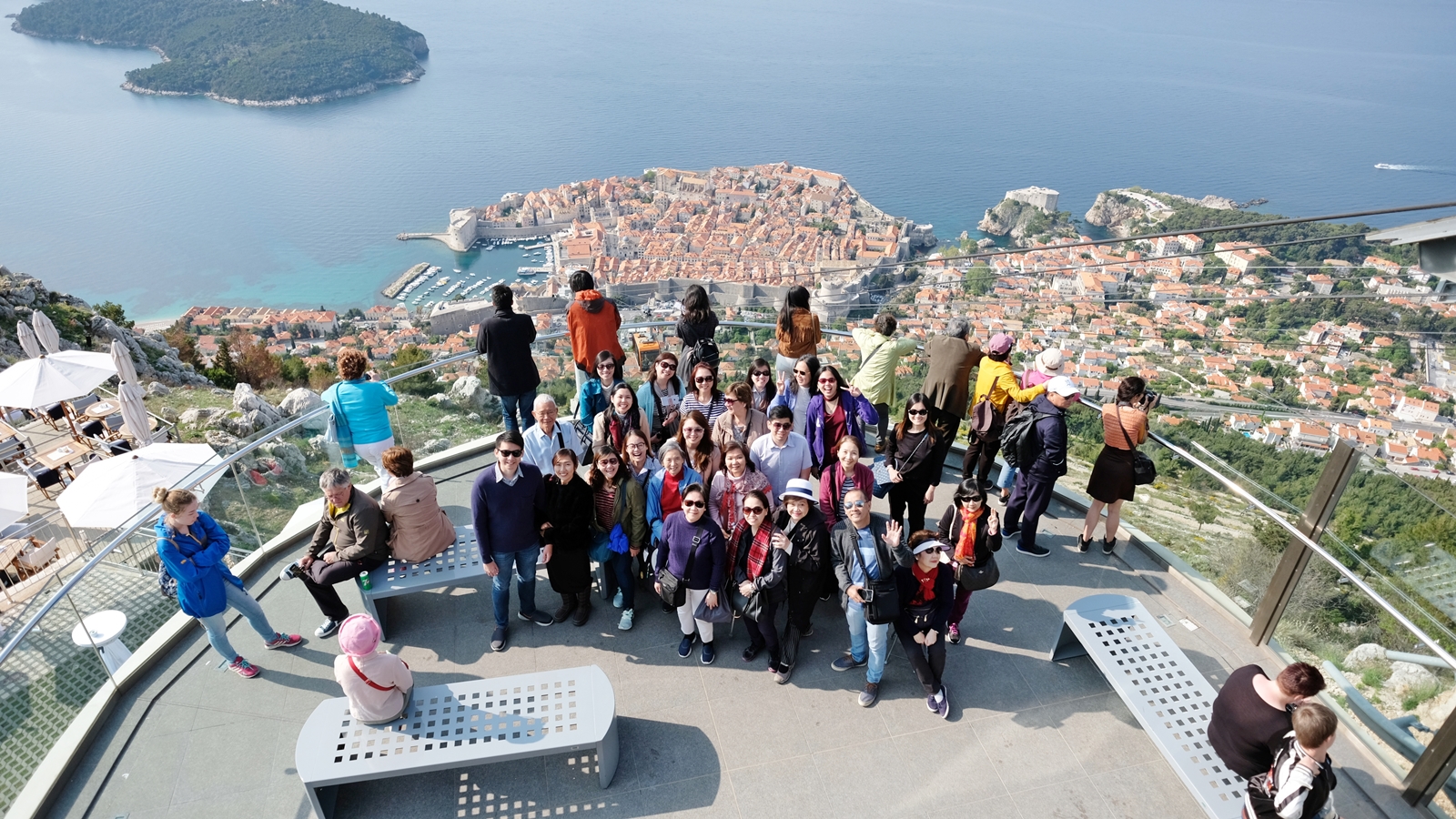
6 Best Places We Visited in Croatia, Europe
1. Dubrovnik
Dubrovnik (Croatia’s precious jewel), interestingly, is the shooting location of King’s Landing in the Game of Thrones, Robin Hood, and Star Wars-The Last Jedi. This must be one of the reasons why it’s busy. The tour guide shared that several streets were closed for days when they were filming. I got to sit on the Iron Throne in one of the souvenir shops of GoT. We had to buy at least one item from the shop where prices were costlier than others… we gave in all for THE SEAT…and took several photos on it. 🙂

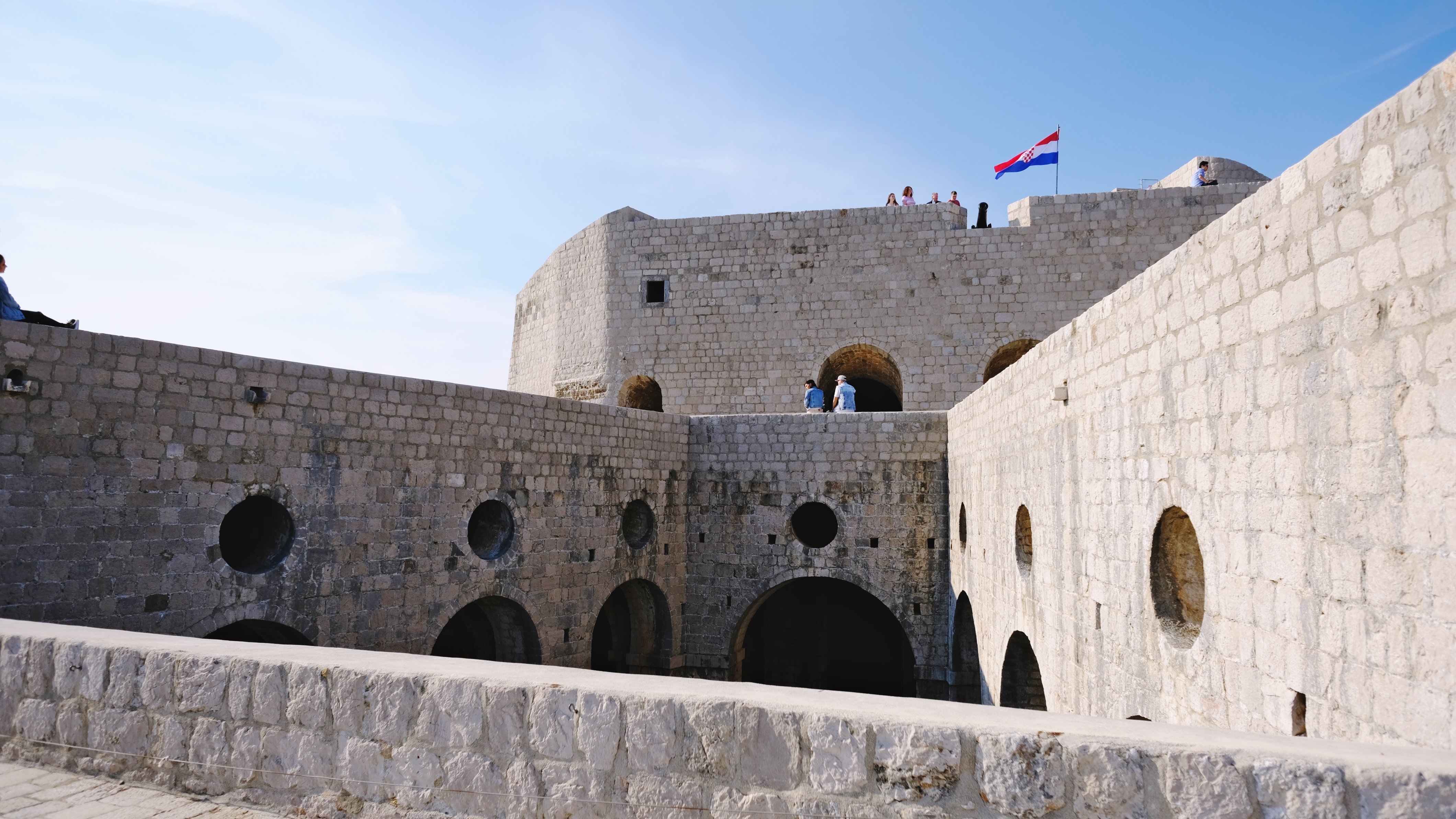
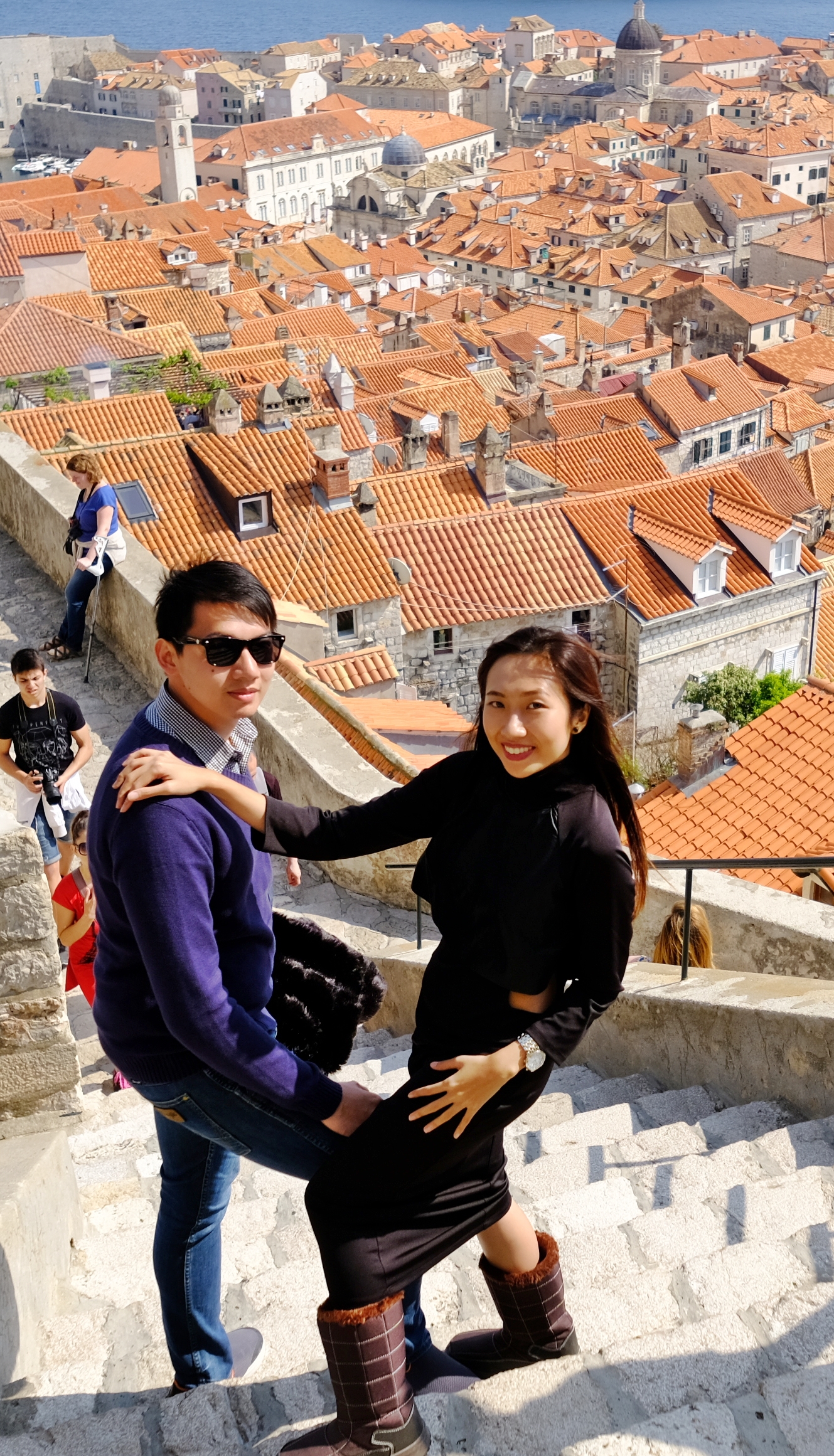
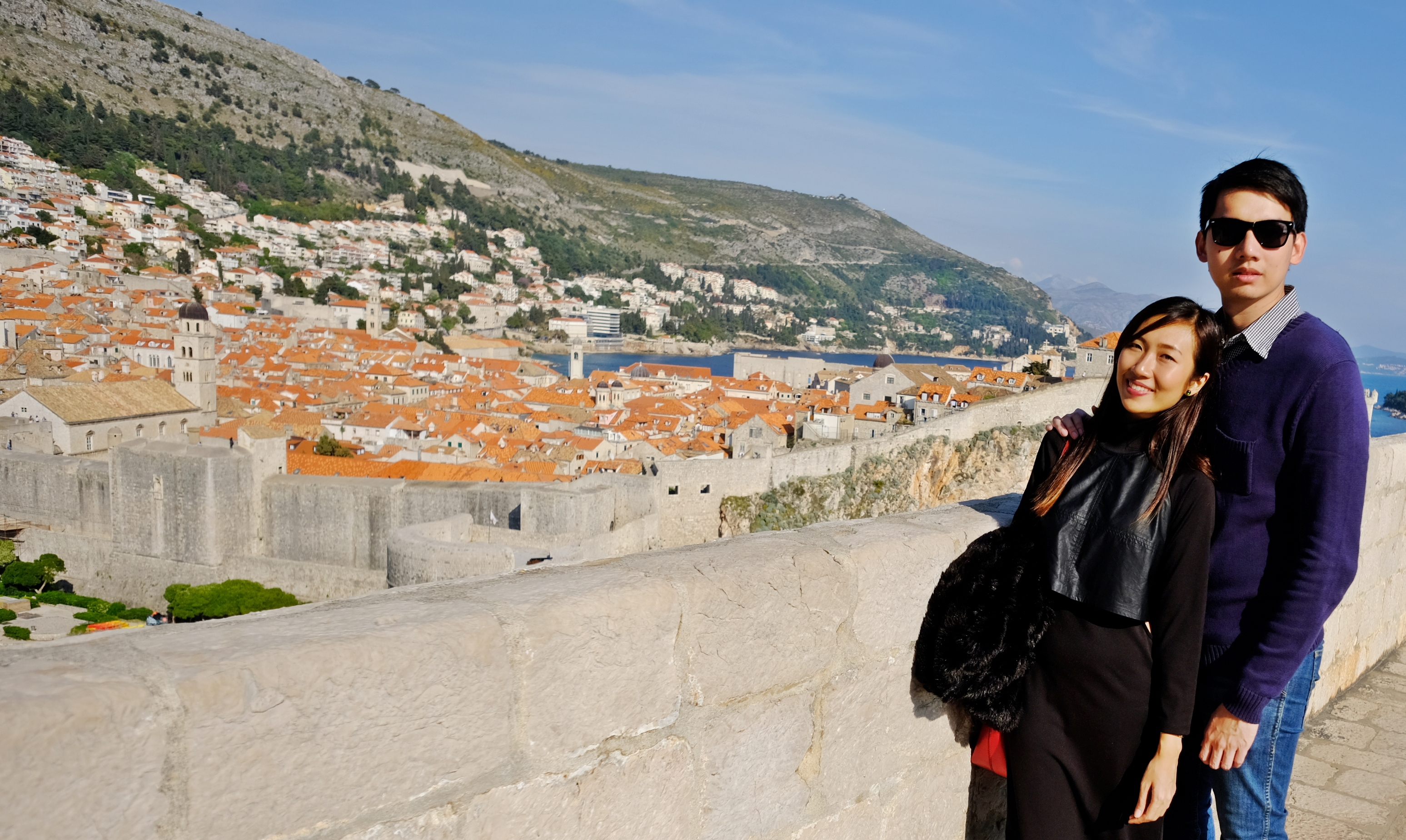

Once a city-republic, Dubrovnik boasts a glorious history. Its traces can be found in churches, museums, and the charming stone paved streets. The highlights of Dubrovnik’s UNESCO-listed Old Town include its shimmering marble streets, grand baroque churches, and magnificent 16th century Sponza Palace. We had a view of everything while taking a walk around the City Walls for an hour. It was a good way of burning some calories!
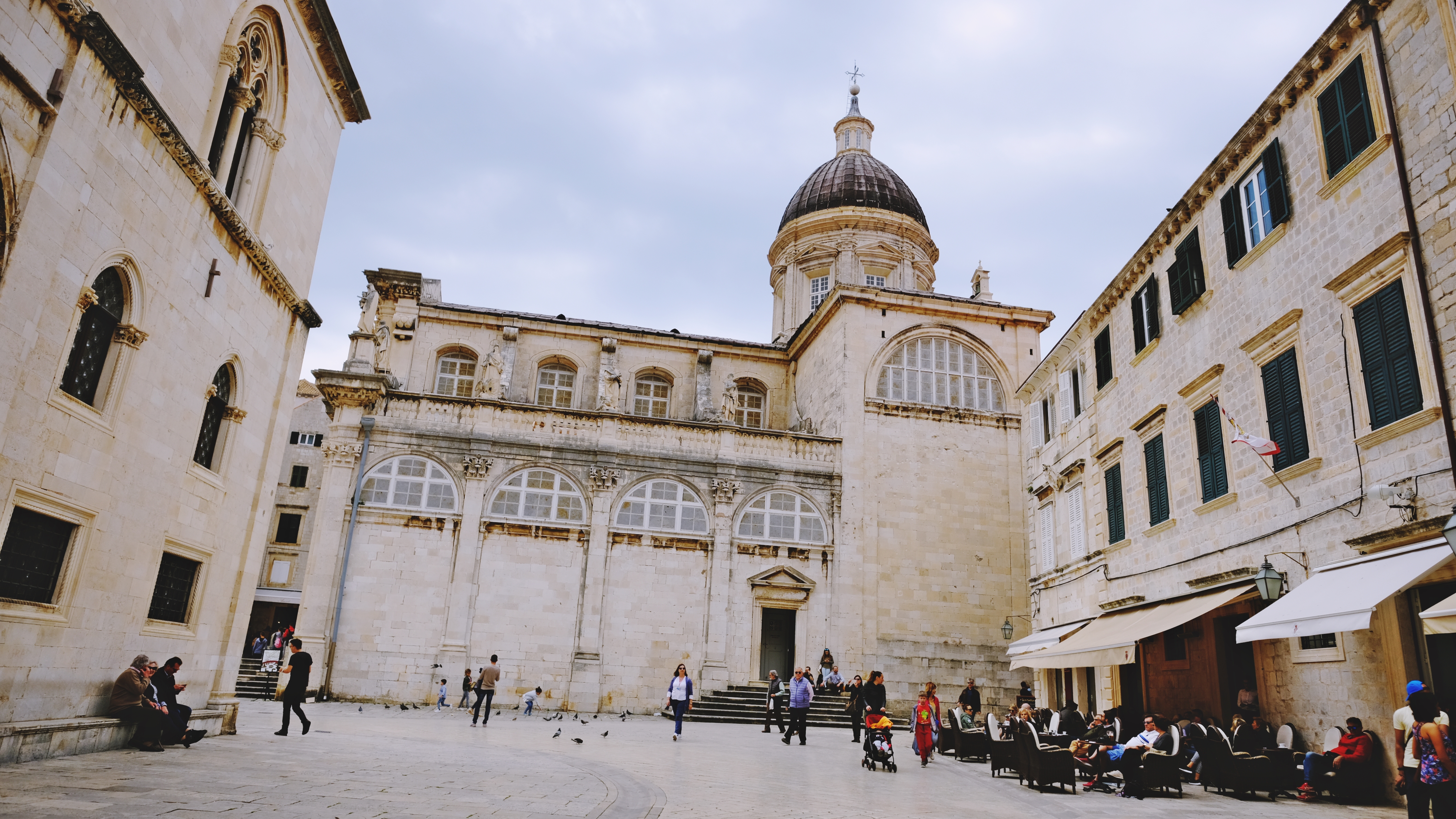
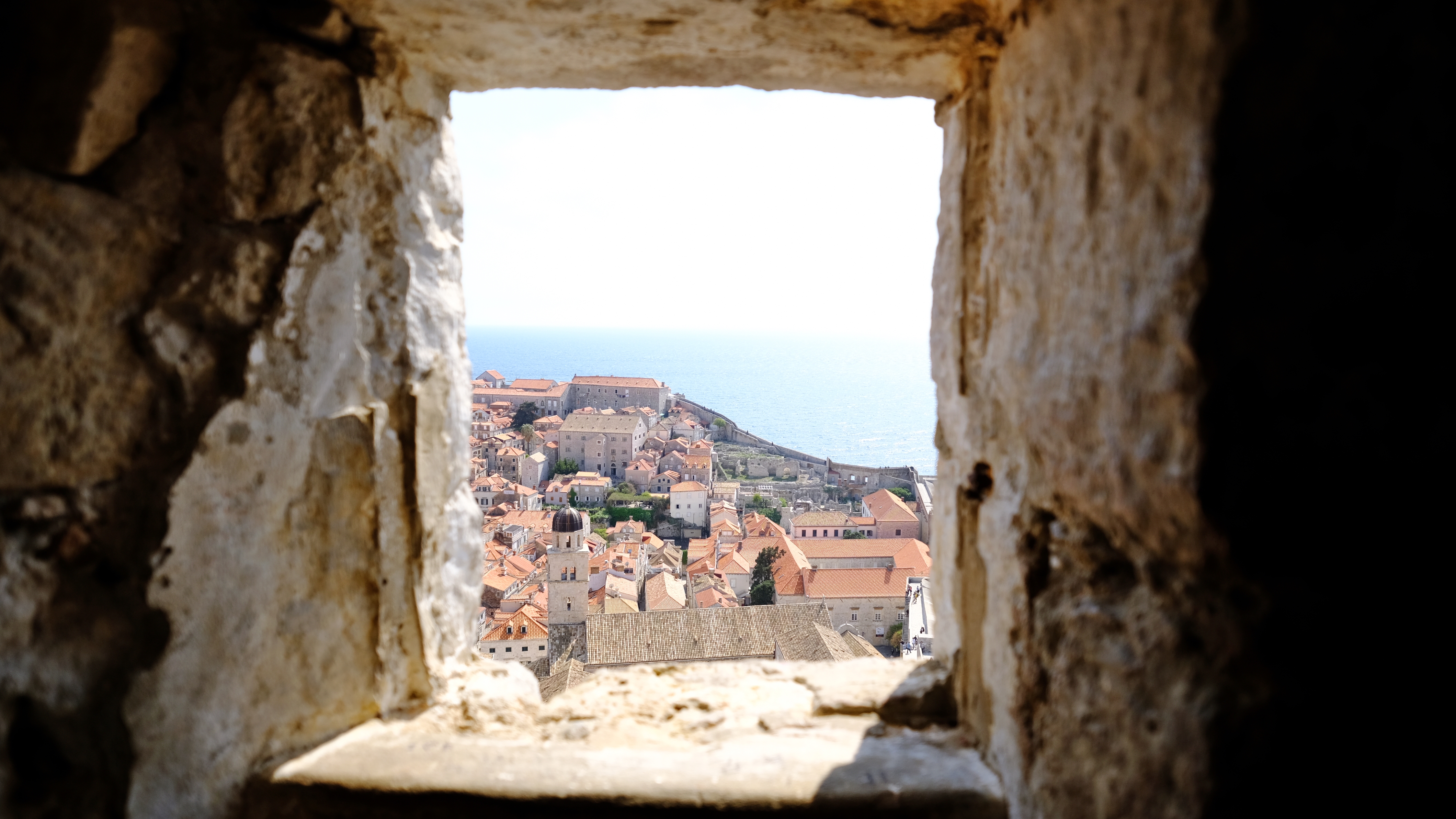

2. Plitvice Lakes National Park
Plitvice Lakes is the oldest and largest national park in Croatia. In 1979, it was made a UNESCO world cultural heritage. The forests in the park are home to bears, wolves and many rare bird species.
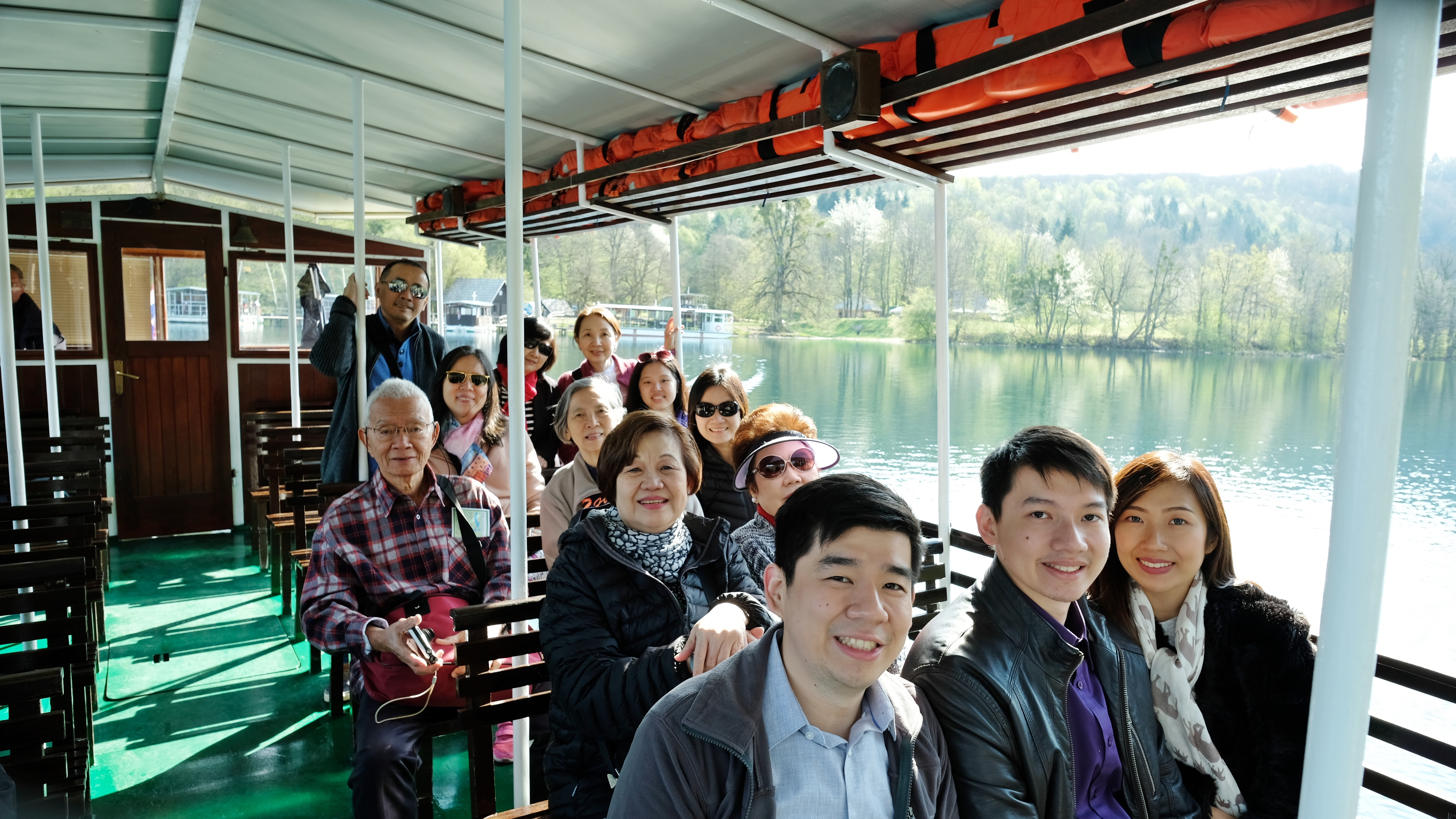
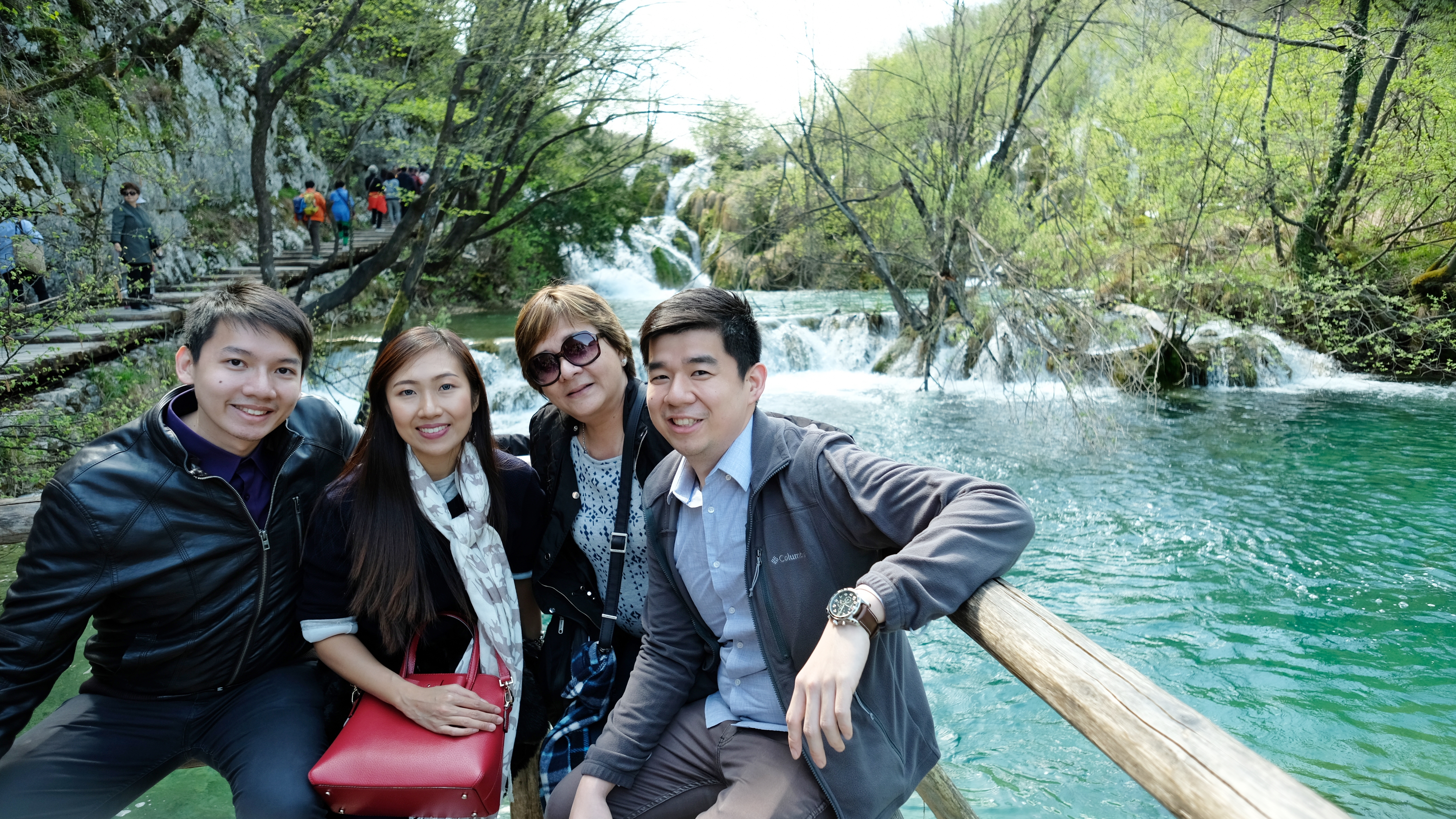
Plitvice Lakes is most famous for its lakes which were formed from numerous rivers, floating together. The lakes are separated into an upper and lower cluster formed by runoff from the mountains. It’s amazing that they change colors constantly, ranging from azure to green, gray or blue, depending on the quantity of minerals or organisms in the water and the angle of sunlight.
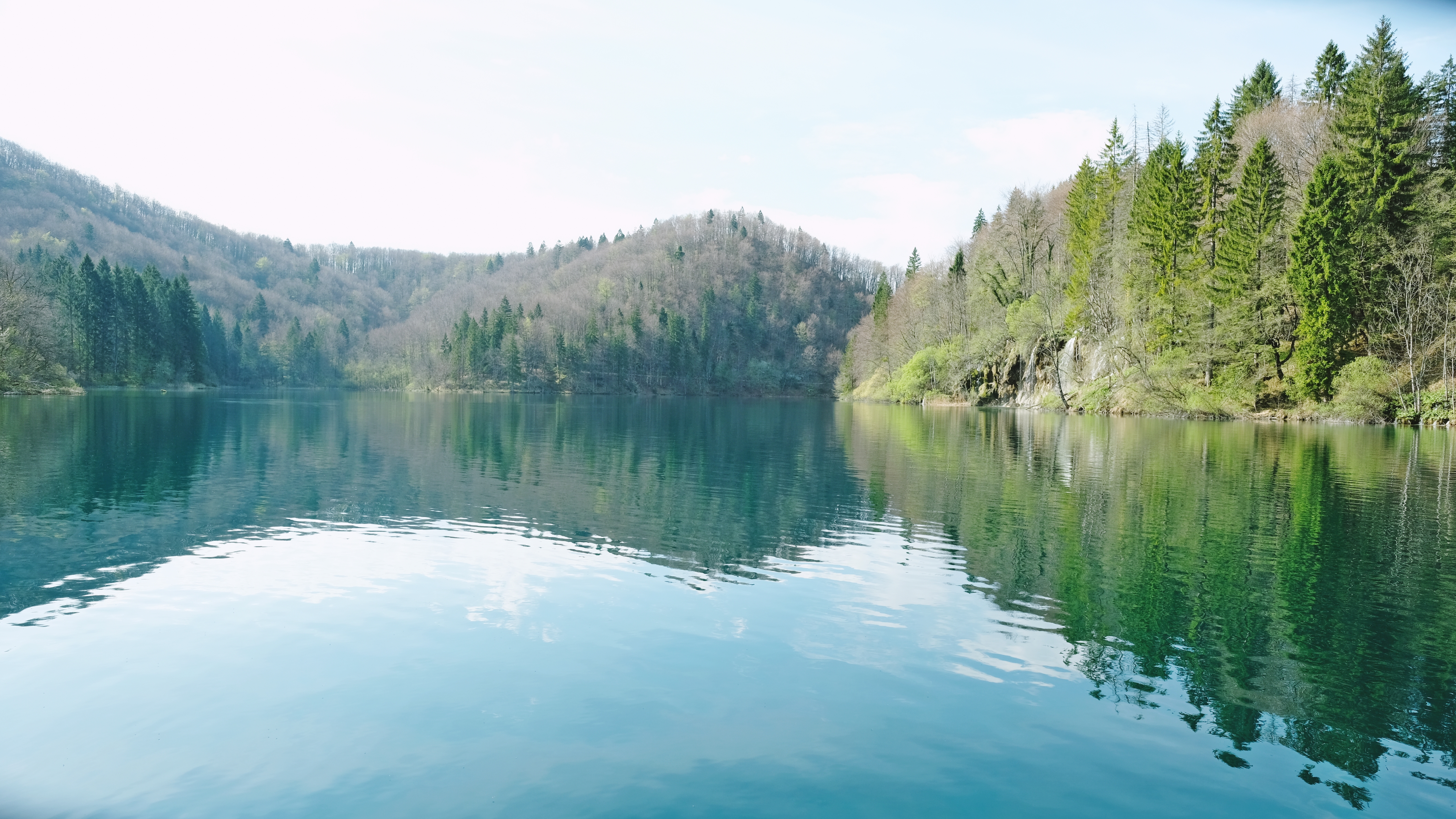

There’s no better way to explore the trails than doing it by foot. Our trek took four hours to complete, but we almost didn’t notice the time since we were busy sightseeing and snapping photos of 16 interconnected lakes and waterfalls on the background. Taking a daytrip here with the family while on vacation is recommended. It’s a suitable destination all year round.

3. Split
Split is the second largest city in Dalmatia. We had a walking tour in one of the most recognizable attractions in Croatia: the Diocletian’s Palace. This remarkable fortification complex was built in the 4th century by the Roman emperor Diocletian.
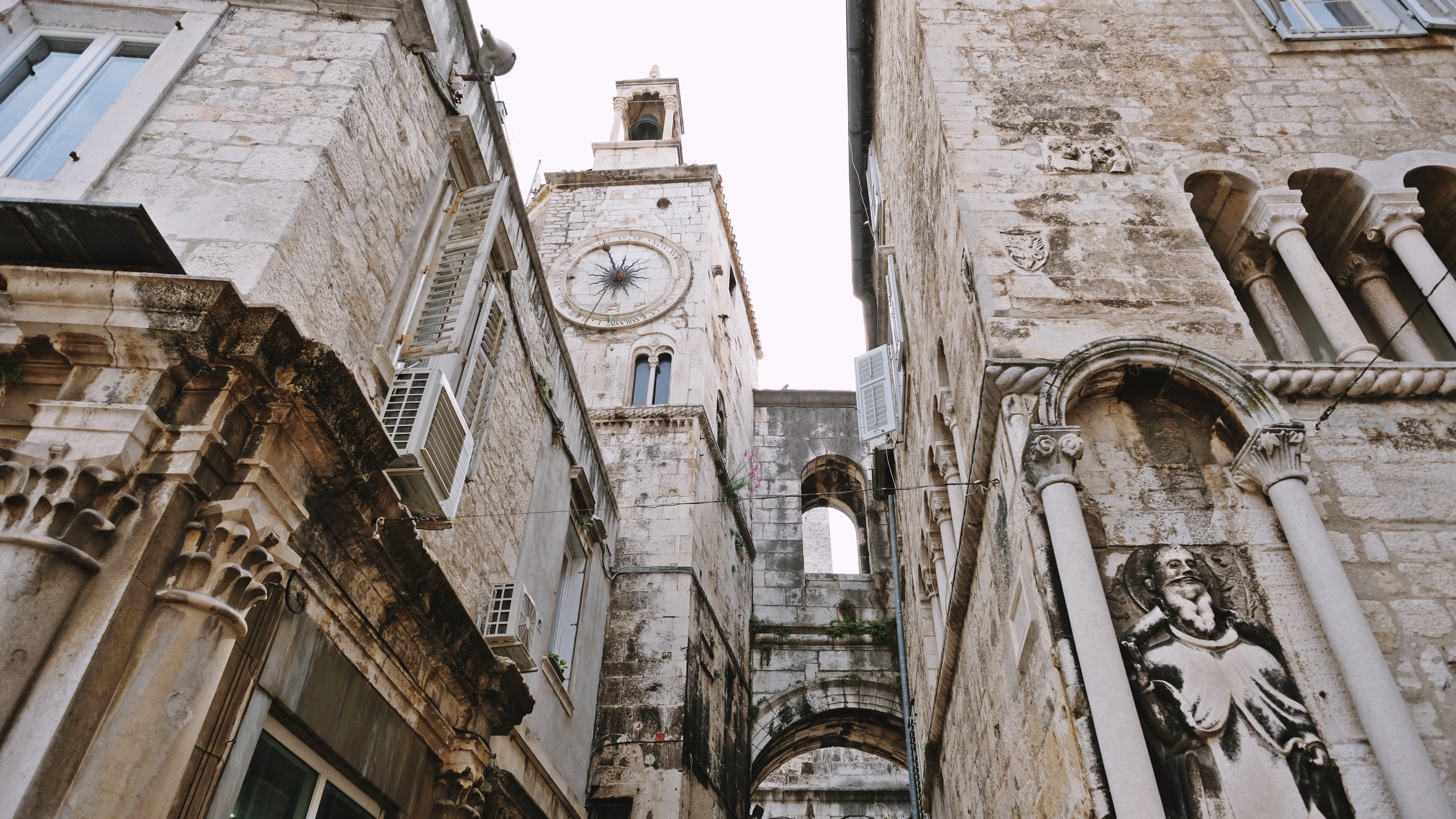


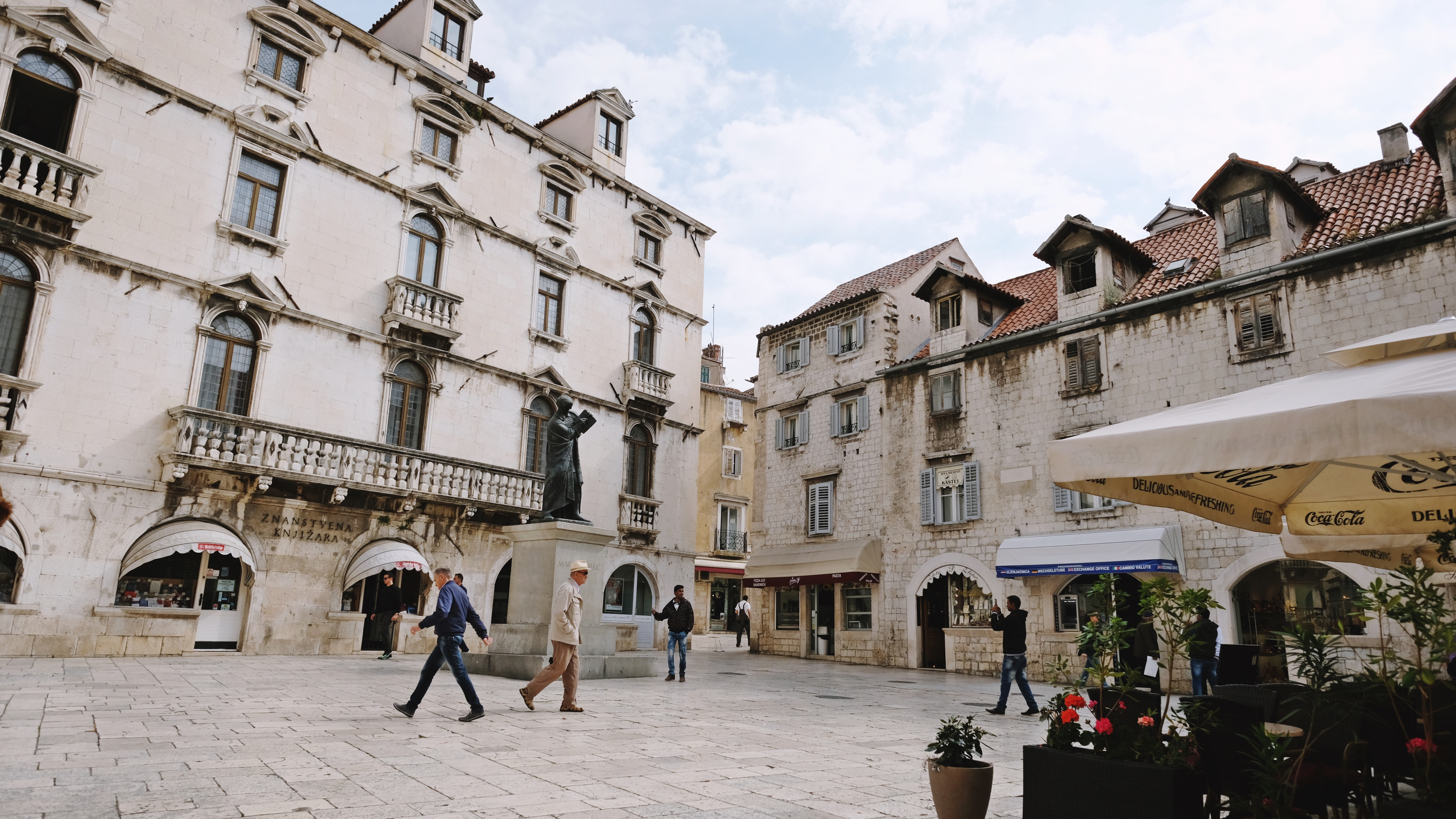
Because of its historical and architectural worth, it has been on UNESCO’s World Heritage List since 1979. Beautiful beaches, modern tourist facilities, and numerous historical sites make Split a desirable destination for all types of tourists. I love that it’s colorful and lively, with a nice balance of ancient and modern. Like an open-air museum, Split is a living and breathing place where you can feel its past and present.

4. Zagreb
Zagreb is one of those Central-European metropolises that enchant with its architecture, historical and cultural heritage. It is the capital and the largest city of Croatia. We had pleasant walks in both the Upper Town and Lower Town. The Upper Town is a reminiscent of its past, home to the Zagreb Cathedral, St. Mark’s Church, Stone Gate (Kamenita vrata), Lotrscak Tower, and more.


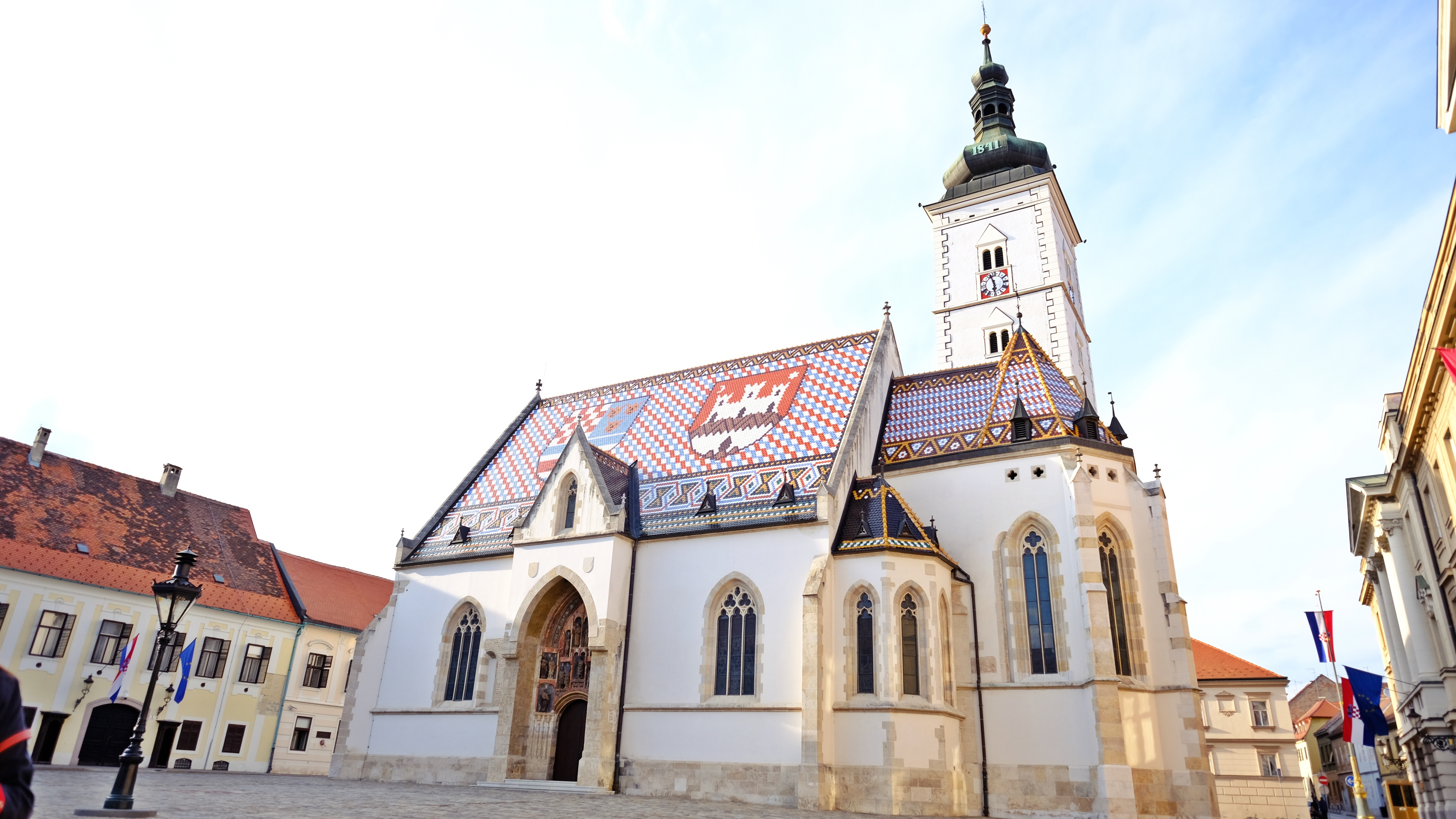
Regarding the Stone Gate, a noteworthy story was told about the painting showing Virgin Mary as a ruler with a scepter in her left hand and baby Jesus in her right hand, while Jesus holds a small globe in his left hand. A fire broke in Zagreb in 1731, and the Stone Gate was damaged badly. Only this painting remained intact. Now it’s guarded by a baroque fence. Even in the times when praying publicly was forbidden, citizens of Zagreb continued visiting the Stone Gate. This testimonies the significance of the Gate in everyday life. On May 31, 1991, 260th anniversary was celebrated and archbishop cardinal Franjo Kuharic named Virgin Mary of Stone Gate the protector of Zagreb.
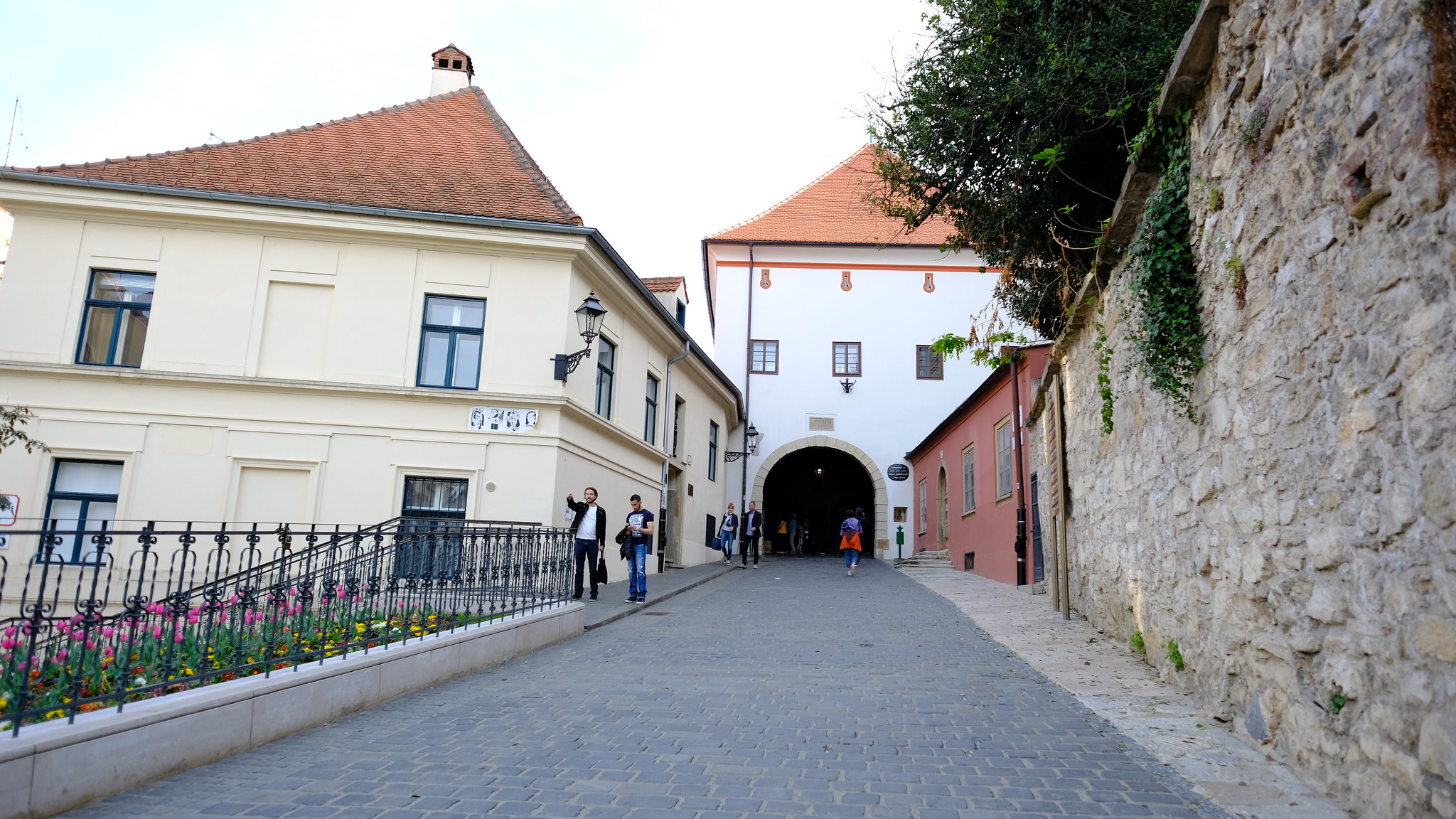
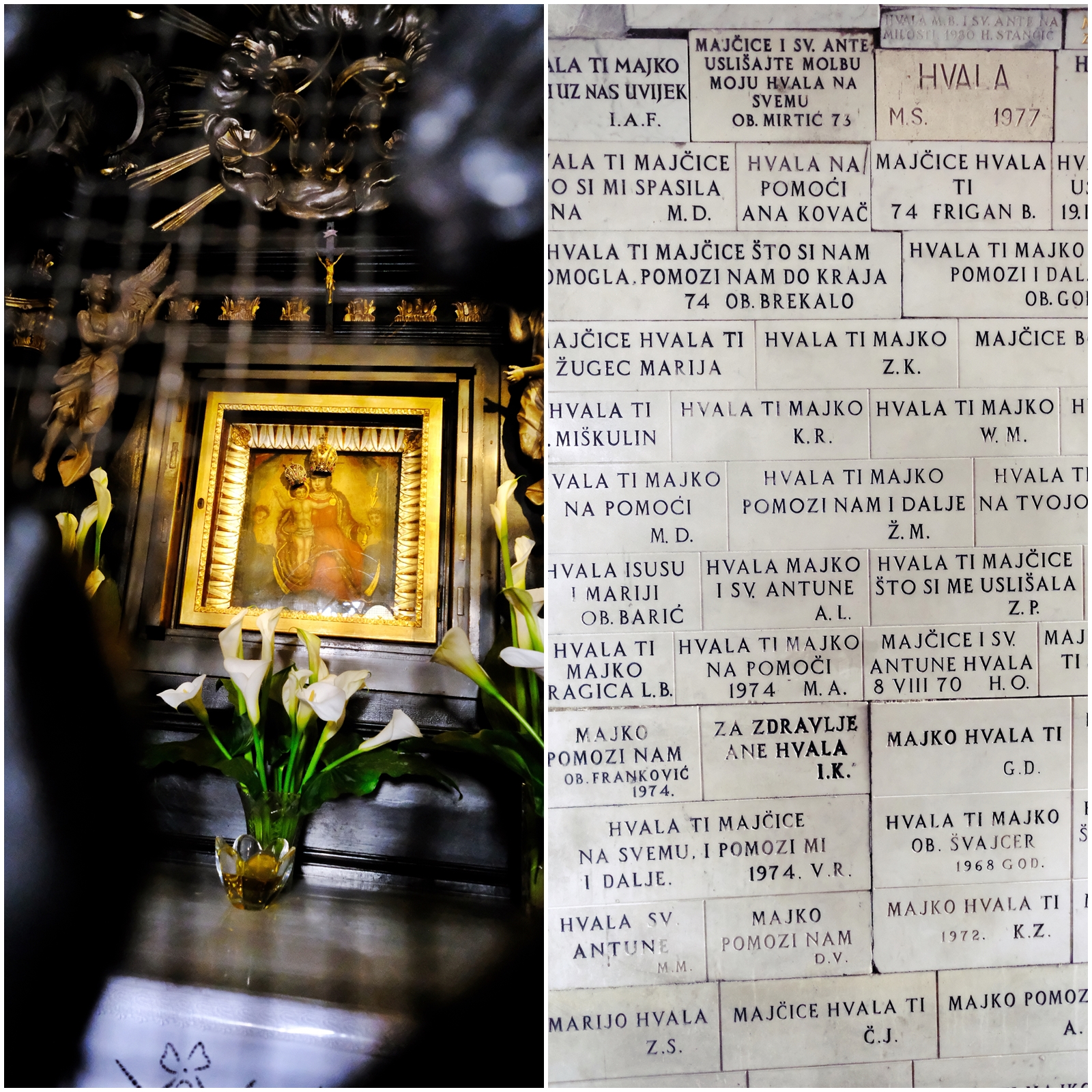
Lastly, we took a stroll around the main square, Trg bana Jelacica, following the tour guide’s footsteps. There we found spacious pedestrian zones with many open cafes adding up to the charm of Zagreb’s hospitality.
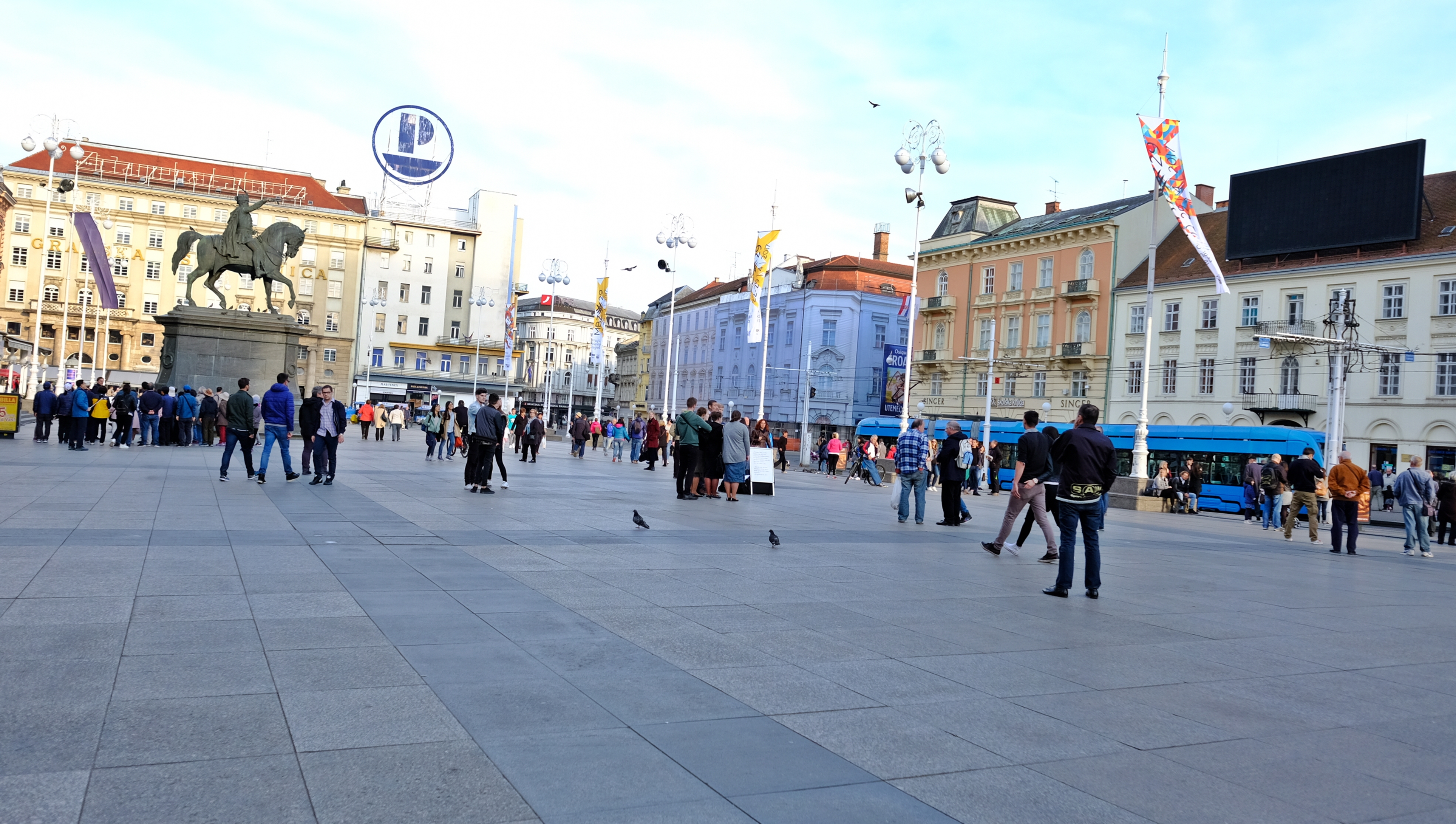
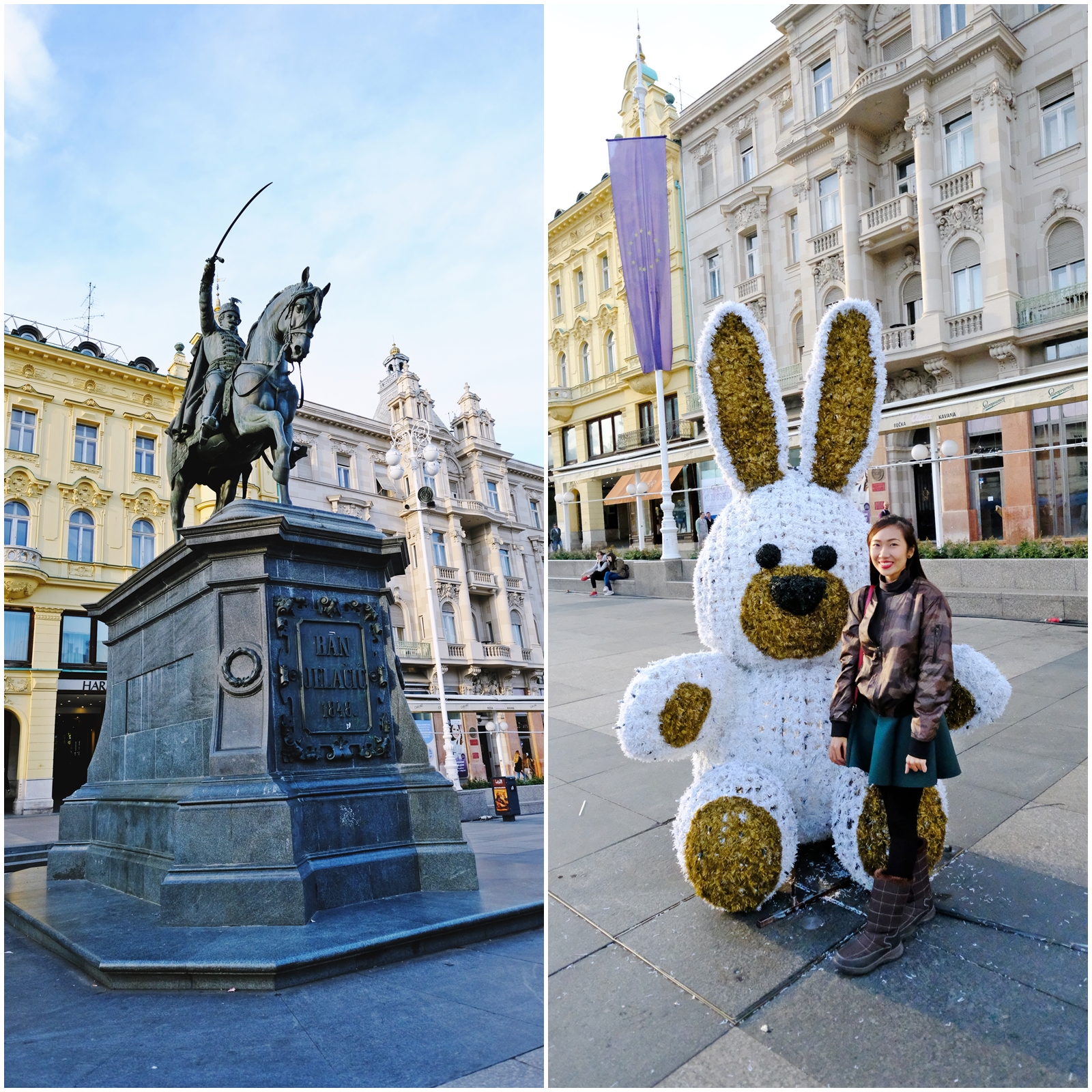
5. Korčula
Near Dubrovnik, Korčula is located just 15-minute ferry ride from Peljesac peninsula. It overlooks the clear waters of the Adriatic. Temperature went down and it was raining that day. It was harder to tour and take photos (my fingers were nearly freezing!), but we made it anyway.
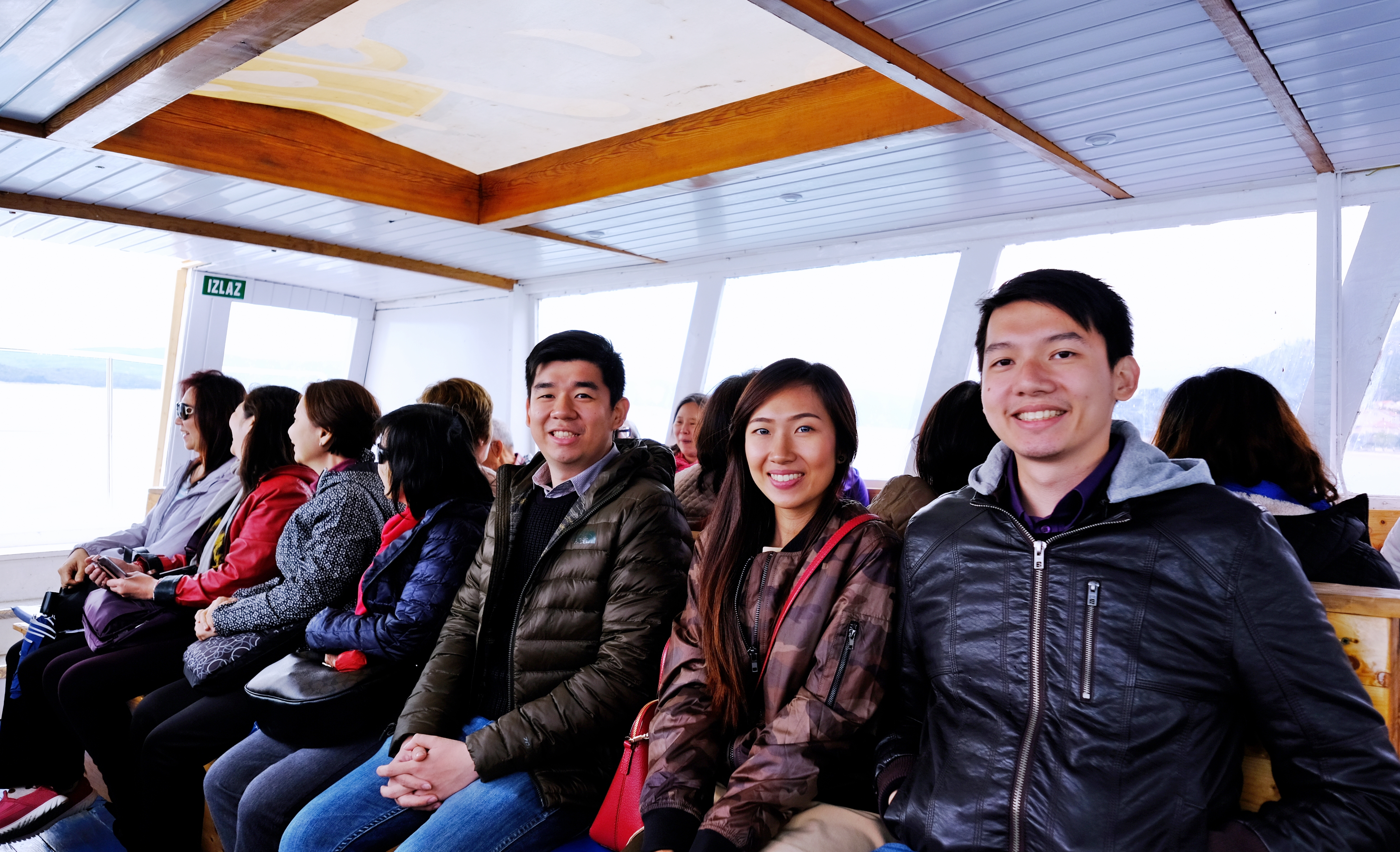
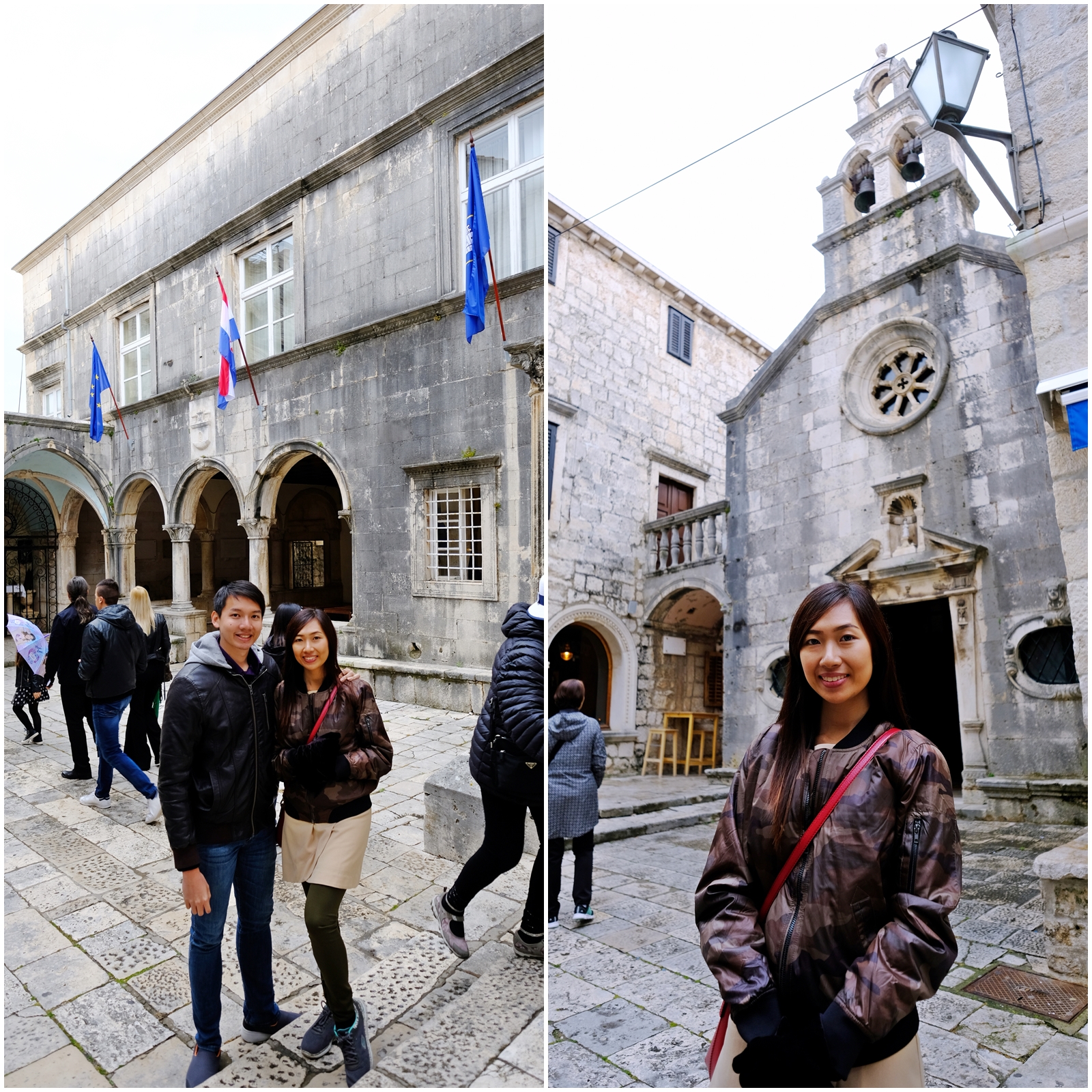
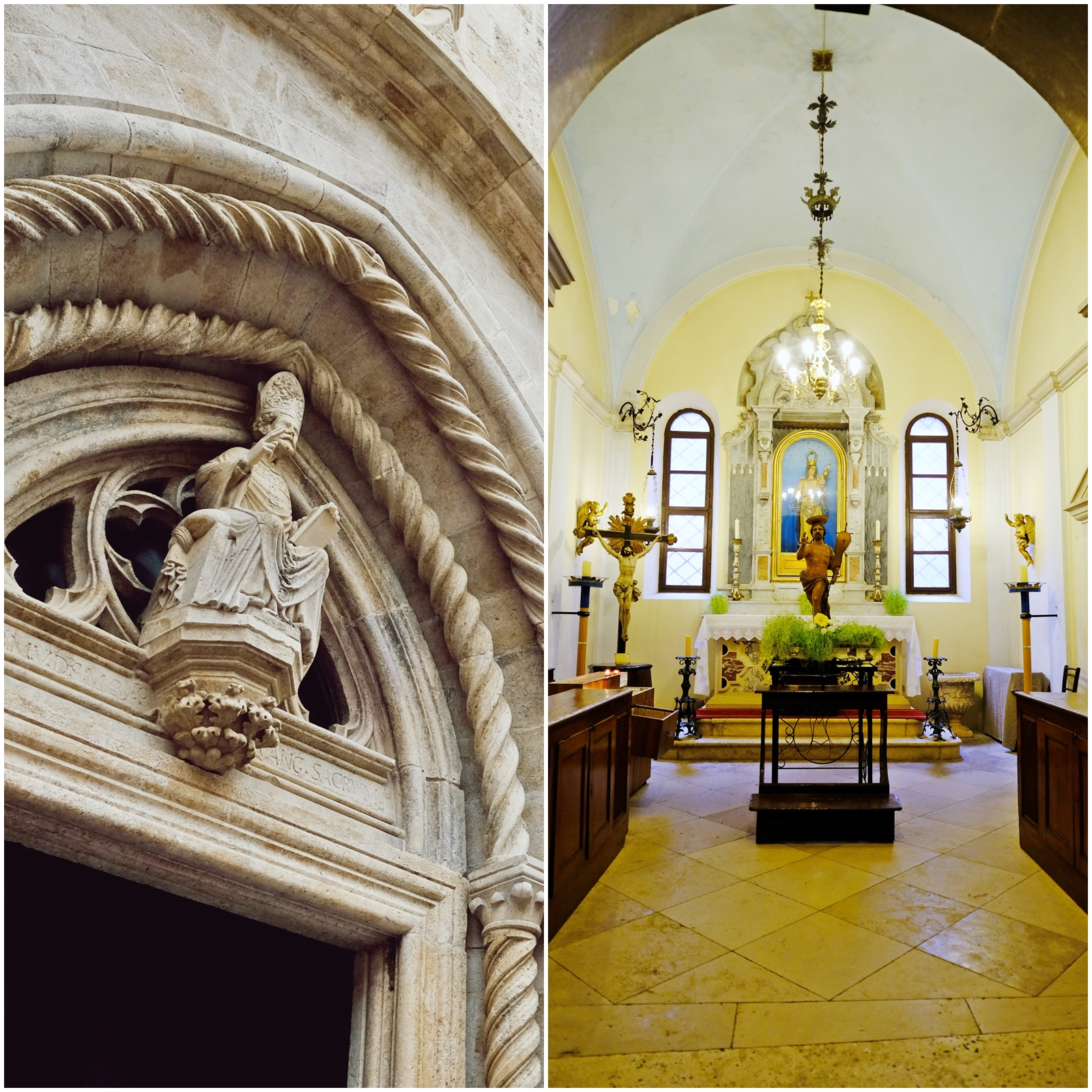
On this island, we learned more about the Croatian culture and their traditional buildings, streets, and villages. Most notable thing to remember is that the famous explorer Marco Polo was born here.
6. Zadar
Zadar is a seaside town in Croatian region of Dalmatia. We were lucky to have a great tour guide who introduced us to Zadar’s historical heritage dating back from Roman times. Surrounded by medieval fortification walls, this place may be less popular than the rest in this list, but it’s still one of our interesting site visits. Zadar enchants with stone paved streets, old churches, and astonishing natural surroundings.

The symbol of Zadar is the Church of St. Donat, a pre-Romanesque church built in the 9th century. Two things you can’t miss are its modern urban installations, the Sea Organ and the Greeting to the Sun, located on the waterfront.
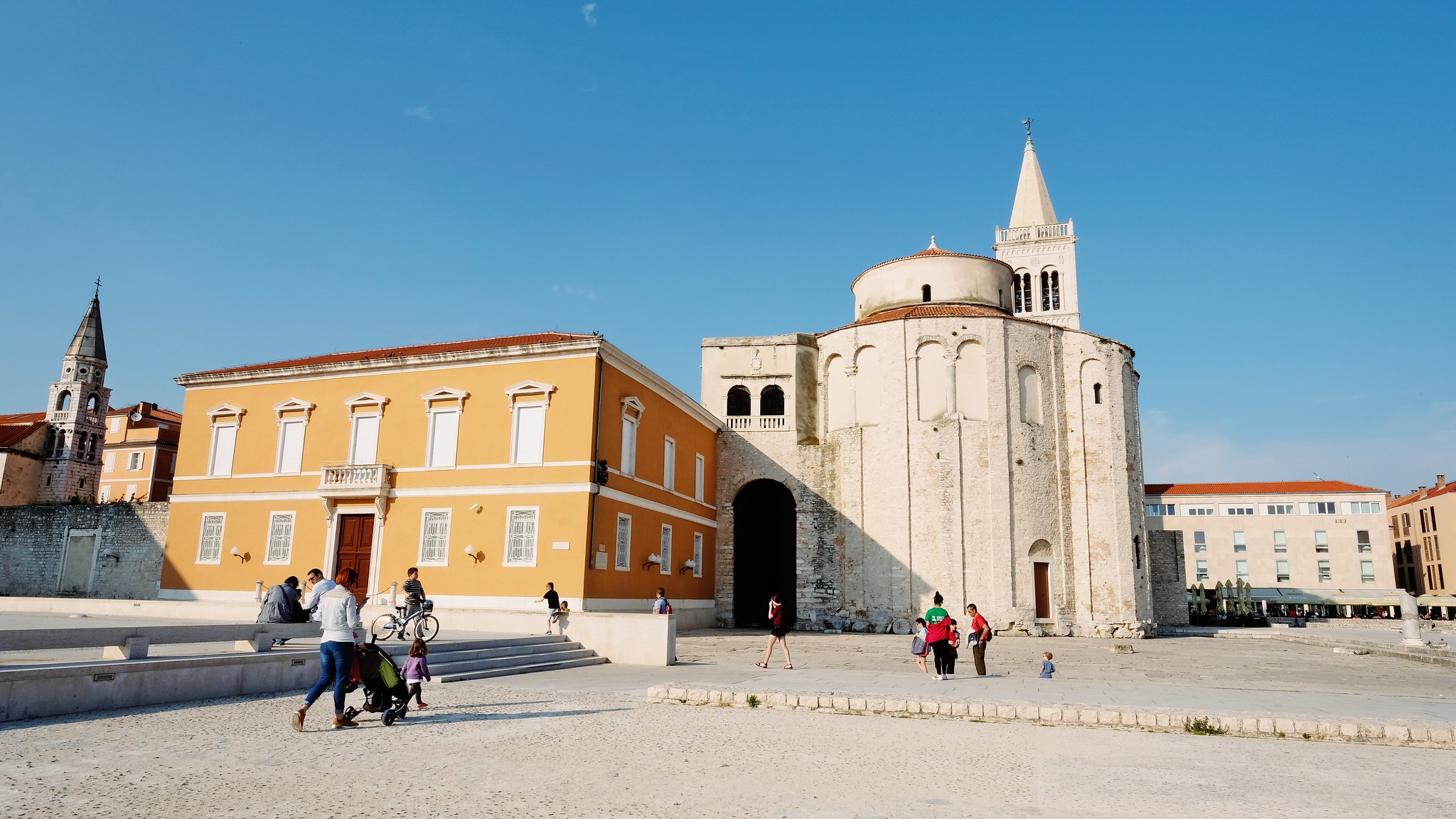

The Greeting to the Sun is where visitors can enjoy the magical play of lights during sunset, and the Sea Organ plays music by the sea waves. The lower steps allow water and air to flow in. That water and air is then funneled into resonant chambers under the steps, and pushed out through the channels on the upper stairs. These cause the undulating, chime-like notes to be produced. Because the sea is always shifting and changing, the sea organ never sounds exactly the same twice. Each sound you hear is completely unique. Amazing, right? 🙂
We took a selfie with Šime Botica (from Art & Nature Travel). Šime was an excellent guide. He showed us parts of the city that we otherwise would not have learned about without him. He was informative, giving interesting facts and stories, and also very funny. 🙂 If you’re coming to Zadar, contact him here or check out their Facebook page.
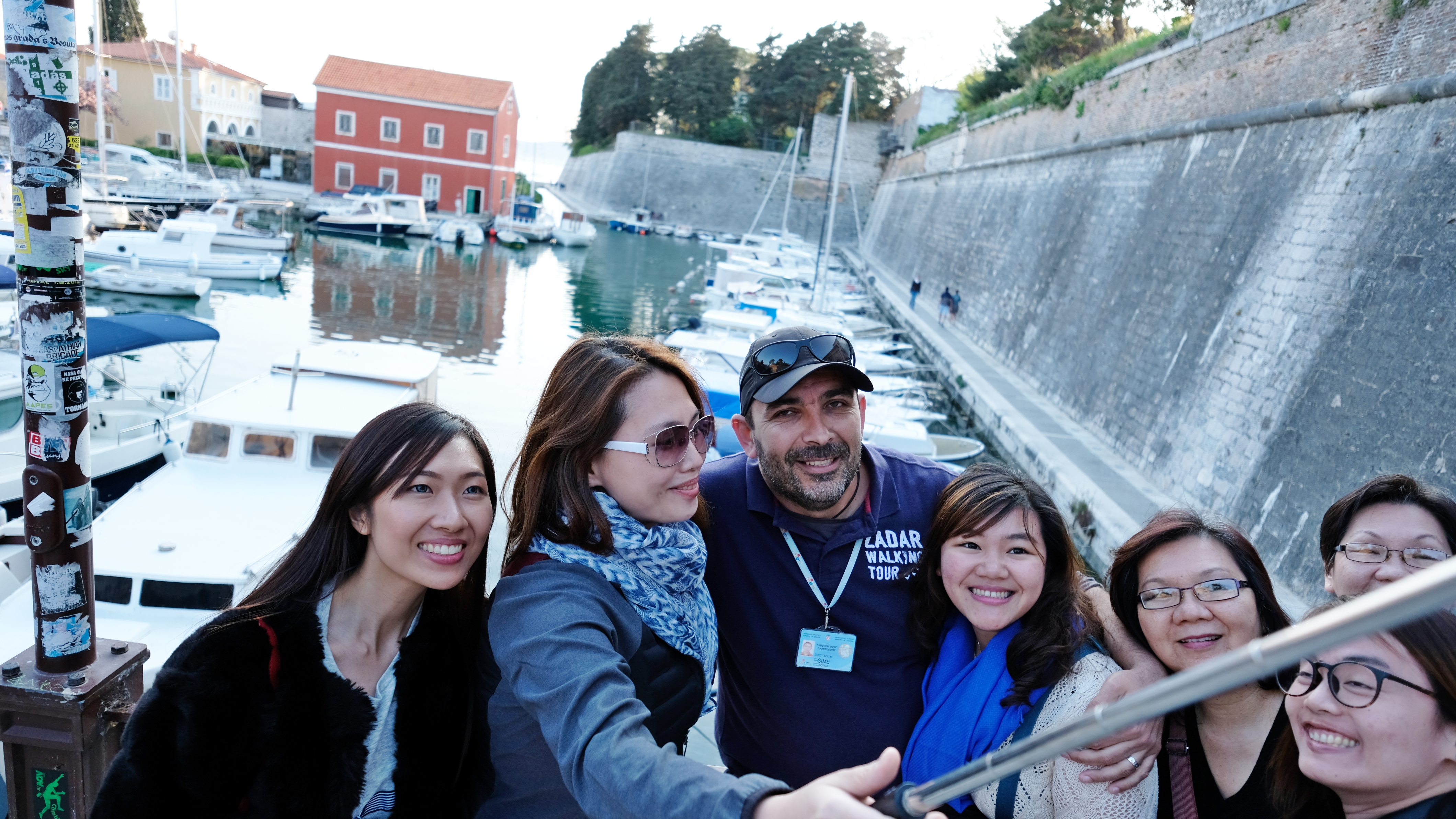
All photos were taken using Fujifilm XT2 + 14mm lens.
[schema type=”review” name=”6 Best Places We Visited in Croatia, Europe” description=”This post is about our travel tour to Europe featuring places visited in Croatia: Dubrovnik, Plitvice Lakes National Park, Split, Zagreb, Korčula, and Zadar from April 7-20, 2017. The itinerary was prearranged and perfectly executed by Mulan Travel Service Corp. in the Philippines.” author=”Rochkirstin Santos” pubdate=”2017-04-27″ ]

Leave a Reply to Franc Ramon Cancel reply